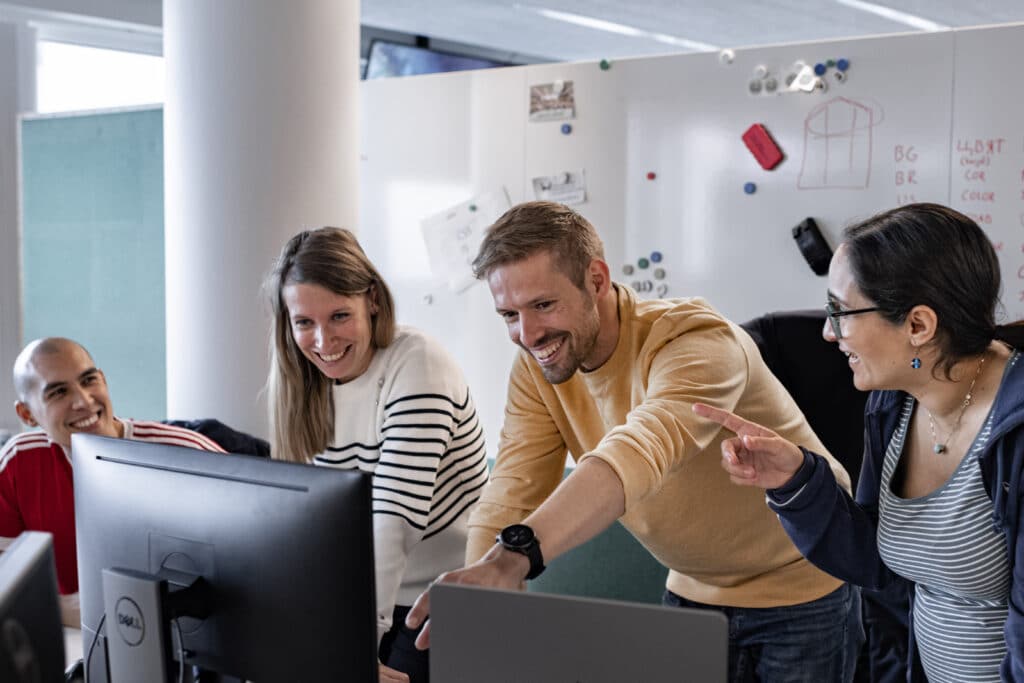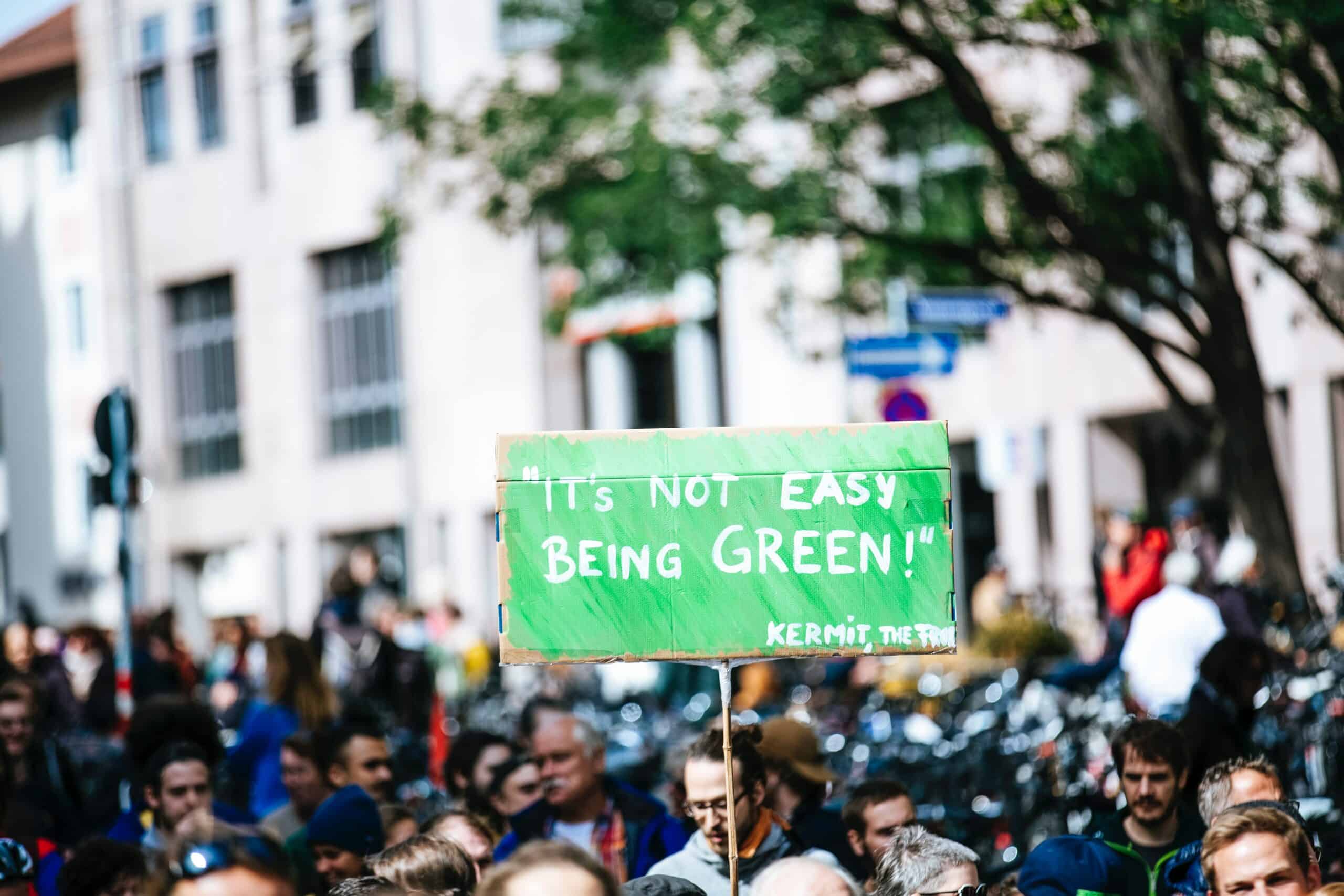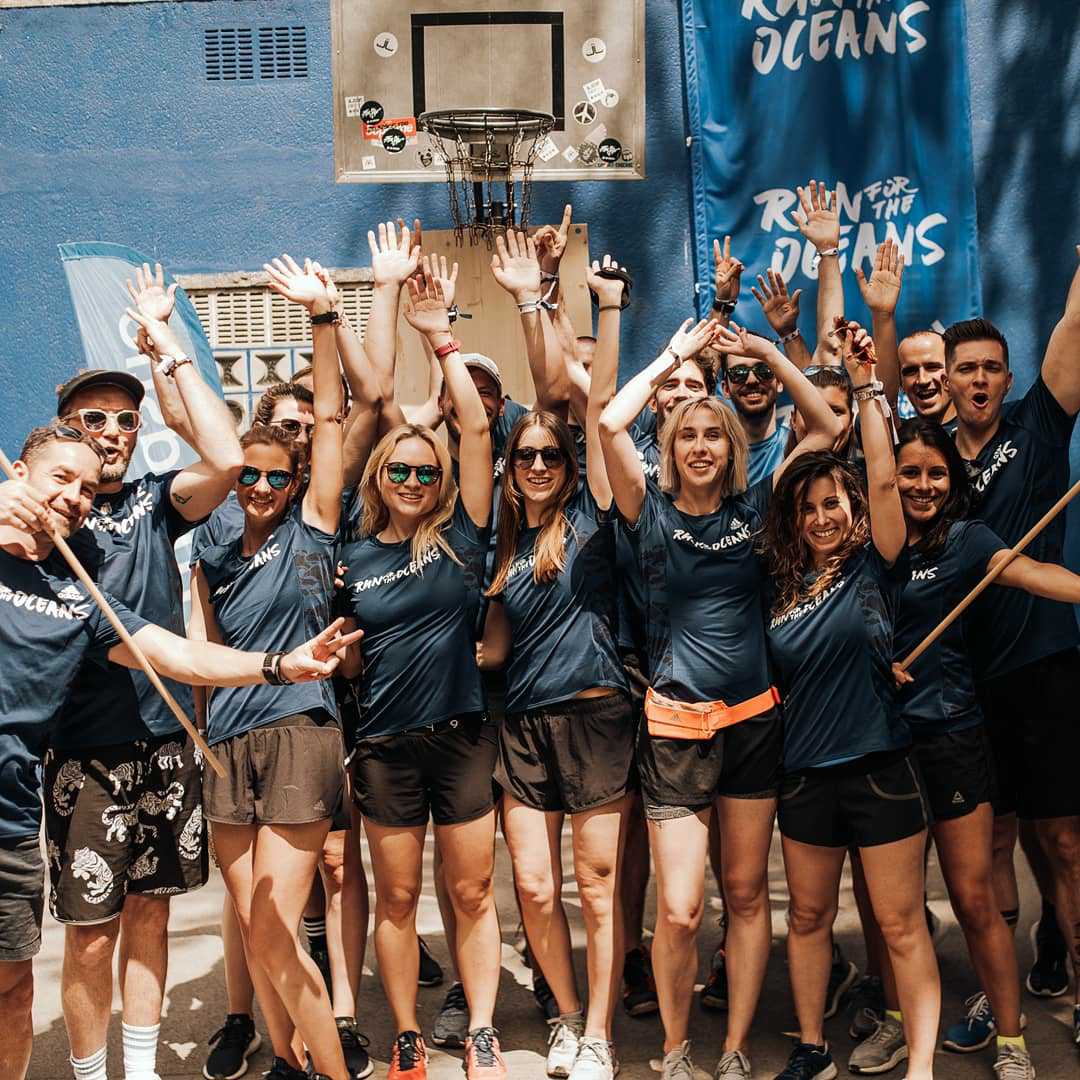Sustainability, CSR, innovation, … terms are thrown around a lot these days, making them sound like buzzwords. To clarify how we define two keywords being frequently used – Sustainability and Sustainable Innovation – please see our following thoughts:
SUSTAINABILITY
The first written record of the German word “Nachhaltigkeit” was used in a forestry context and later translated to English. The message: Essentially, not taking out more trees than can be regrown within a certain period.
It used to be common knowledge among many indigenous people and needed a particular redefinition recently as capitalism. The global economy made it too easy and tempting to trade short-term profitability here and now against environmental and social damage elsewhere in the world.
In a nutshell, sustainability means not taking more than you need and giving back to where you took it from – be it the people, nature, or the planet. The goal is to create a long-lasting “Win-Win-Win” situation for you, society, and nature. This triangular relationship is traditionally used to structure organizations’ sustainability efforts in slightly changing designs since John Elkington published the “Triple Bottom Line” in 1994.
In a corporate context, it makes sense to think about sustainability and ask yourself questions like: Which impact do we have on the planet, the people, and our long-term profitability? In an organization that has established sustainability in its company DNA and culture, employees unconsciously assess these questions regularly for any decision they take.
Once an organization is aware of its areas of impact, it should take the next step of reducing the negative impact and finding creative ways to solve the world’s problems and becoming net positive.

SUSTAINABLE INNOVATION
For an organization that has not (yet) fully integrated sustainability as a top priority in its strategy and everyday decision-making, it can be quite challenging to define where to start. We suggest the following first steps:
Step 1:
Make sustainability a top priority by announcing someone in the top management to lead the topic (ideally the CEO). Sustainability is not only a matter of marketing – it affects every decision in every department and can substantially influence your strategy.
Step 2:
Find “sustainability champions” in your company who genuinely care and want to drive the matter.
Step 3:
Give people and their ideas the stage they deserve. Sustainability is not an add-on that employees do for fun in their free time or on weekends. Organize “Impact Days” to identify your sustainability champions and use them as a kick-off for internal company sustainability initiatives and showcase what you’re doing already.

Starting with Impact Days, your employees can commence working on various sustainable innovation topics with the clear objective to
- identify relevant areas of sustainable innovation across various company departments
- realistically plan and budget internal sustainability projects/initiatives
- assess these ideas and projects jointly with Management, and, by doing so
- empower employees and let them participate in this crucial task.
Your staff will be grateful, feel appreciated, and show increased motivation and commitment to the company.

Last step:
Embrace the journey. Sustainability is never “finished”.
If you need a structure to visualize better which ideas could be worked on, sustainable innovation projects can be clustered in the following way:
- Innovate how you work (waste reduction, processes, office management)
- Check with whom you work (supply chains, cooperations, customers)
- Evaluate sustainable products, services & business models (product lifecycles, innovations, potential options for circular economy models)
- Share your success (use profits and infrastructure to support, e.g., NGOs)
Most conventional consulting companies will recommend starting with an analysis of the status quo, resulting in a lot of research to calculate your CO2 footprint along the supply chain or creating a corporate social responsibility report for your stakeholders.
This approach is acceptable as you need to measure your success. However, we recommend doing this in parallel and starting ASAP to tap into your employees’ ideas. They know exactly where the pain points are and where they can make improvements, but usually, they feel powerless or hesitant to change anything.
So, give them a fair opportunity, listen, and – from our experience – you’ll get many of those “Why aren’t we doing this already?” ideas that only need some initial resources to be executed. And who knows, maybe one of these ideas will grow to be your organization’s primary sustainability campaign, like with adidas and #runfortheoceans.


